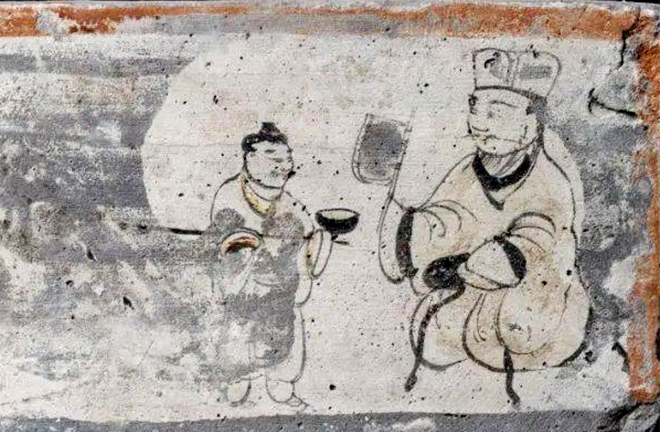Sixteen Kingdoms

FILE PHOTO: A pictorial brick unearthed at the Foyemiaowan-Xindiantai Cemetery in Dunhuang
Following the disintegration of the Western Jin Dynasty (266–316), the subsequent Sixteen Kingdoms era in north China became one of the most complicated periods in Chinese history.
From 304 to 439, northern China fragmented into a series of short-lived dynastic states. According to The Cambridge History of China, there were actually as many as 22 significant states in northern China (rather than literally sixteen), ranging from true empires to territories administered independently by so-called “governors” who maintained a pretense of loyalty to the still theoretically legitimate Jin Dynasty. The majority of these states were founded by non-Han peoples who had settled in northern and western China over the centuries. Interestingly, all of the states—whether ruled by Han or non-Han people—took on Han-style dynastic names. Conflicts frequently broke out among these states and the Eastern Jin Dynasty, which succeeded the Western Jin in 317 and ruled southern China.
The chaotic Sixteen Kingdoms era was brought to an end by the reunification of north China in 439 by the Northern Wei Dynasty (386–534), ruled by the Tuoba clan of the Xianbei nomadic people.
The Sixteen Kingdoms period, while bringing devastation to the people of north China, also facilitated significant ethnic integration. Nearly all ethnic groups inhabiting north China during this time were influenced by Confucianism. Under the rule of the Northern Wei, Emperor Xiaowen implemented policies aimed at centralizing the government and making the multi-ethnic state easier to govern. These policies included the adoption of artistic styles reflecting Han preferences, mandating the use of the Han Chinese language and attire by court officials, and encouraging the Xianbei to adopt Han surnames and intermarry with the Han. These practices underscored the power of Han culture in assimilating others. The ethnic integration of the Sixteen Kingdoms era also played an important role in Chinese civilization, as various ethnic cultures were integrated into the Confucian-dominated culture, thereby profoundly enriching and diversifying Chinese civilization.
Edited by REN GUANHONG

 PRINT
PRINT CLOSE
CLOSE